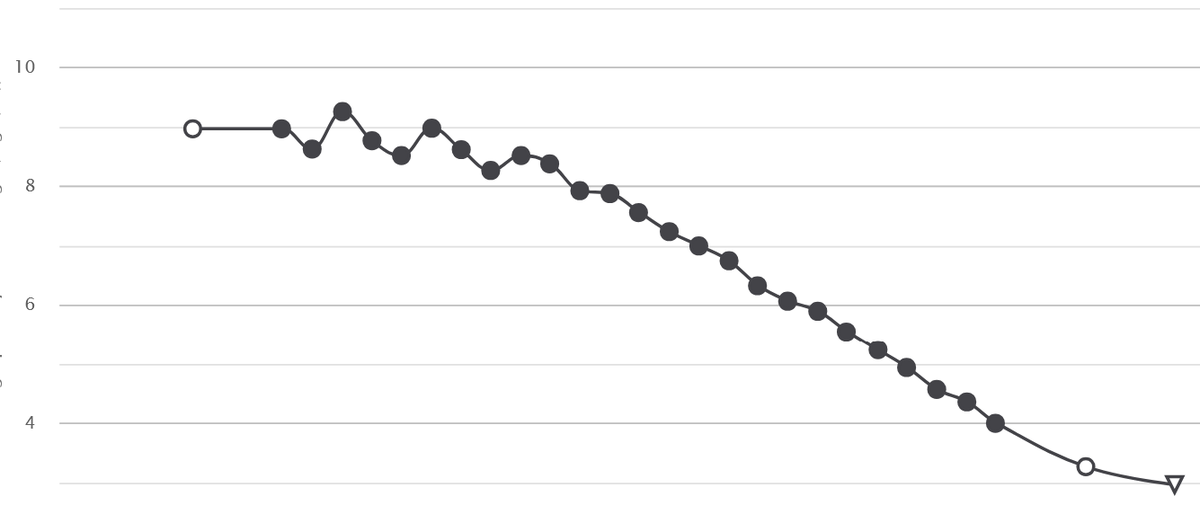A member of my club posted "I found out the other day that if I increase my ISO from 100 to 160 the dynamic range goes up and the noise goes down." and referenced the site photonstophotos.net/. When I looked at his camera, (Canon 5D Mk3), I saw this:
Which, as you can see has better dynamic range at 160 and 320 ISO. But why does it do that?
My Fuji X-T5 doesn't (native ISO starts at 125).
Here's all 3 overlaid (with scales left & bottom):
Can someone explain this in layman's terms?
Alan

